This article explores the scalar UDF performance issues and improvements in Azure SQL Database using UDF Inlining.
Read more »
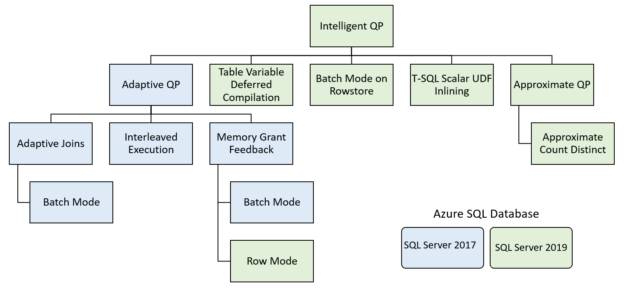


This article explores the scalar UDF performance issues and improvements in Azure SQL Database using UDF Inlining.
Read more »
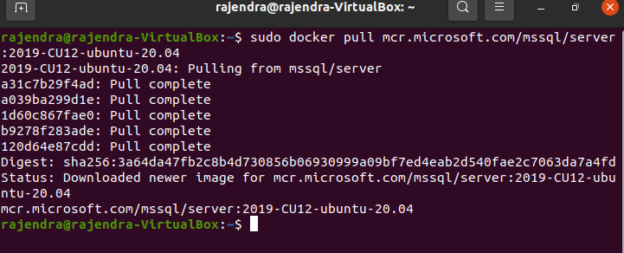
This article will walk you through the process of creating, importing a customized SQL Server image into Azure Container Registry and finally deploying an Azure Container instance using it.
Read more »
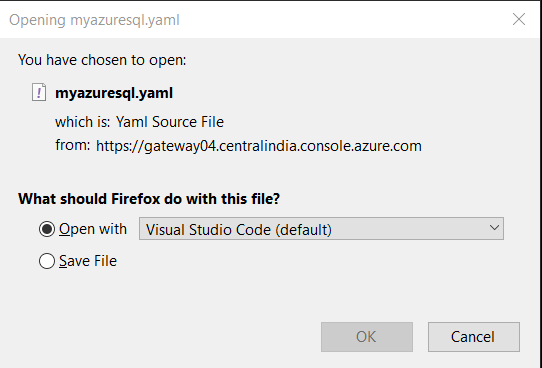
The Azure Container Instances provides a flexible solution for implementing container-based images in Azure infrastructure quickly. It does not require building the virtual machine, installing applications like Microsoft SQL Server, or configuring the software. You can choose the container images from the libraries and build solutions. You can use non-persisted(default) and persisted storage to avoid losing container data if your container status changes to Stopped and restarted.
Read more »
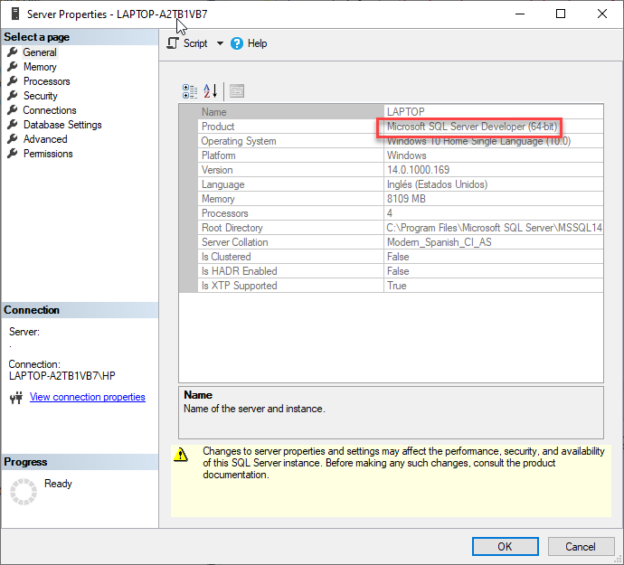
In this article, we will cover the most common questions about this nice SQL Server Developer Edition.
Read more »
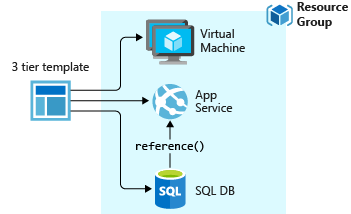
The Azure Resource Manager (ARM) template is a JavaScript Object Notation (JSON) file for deploying Azure resources automatically. You can use a declarative syntax to specify the resources, their configurations. Usually, if you need to deploy Azure resources, it might be a tiring experience of navigating through different services, their configurations. With the ARM templates, you no longer need to click and navigate around the portal. For example, you can use configure the template for Azure VM or Azure SQL Database deployment.
Read more »
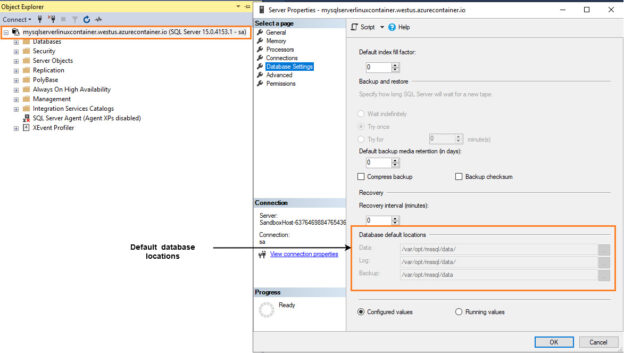
In the articles, Deploying Azure Container Instances for SQL Server 2019 and Create Azure Container Instances for SQL Server 2019 using Azure CLI, we explored Azure Container Instances for SQL Server on Linux. These containers are stateless. Therefore, if you stop or restart container instances, you lost your data. Suppose, being a developer, you created a new container database, deployed a few tables, and stored procedures for testing purposes. You do not want to lose these objects or databases even if you destroy your container. Similarly, you also want to reuse those databases if you create a new container instance.
Read more »
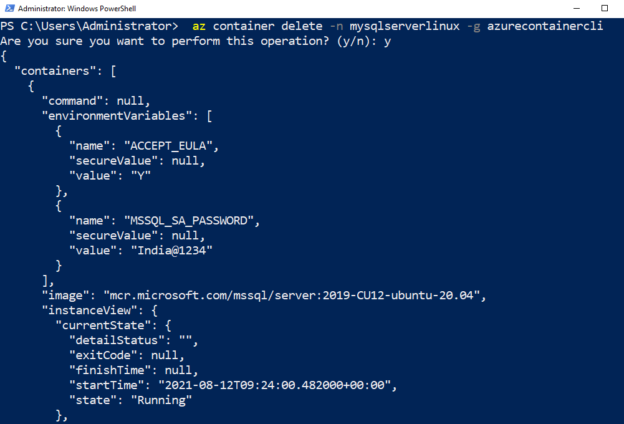
This article explores Azure CLI scripts for deploying Azure Container Instances with SQL Server 2019 image.
Read more »
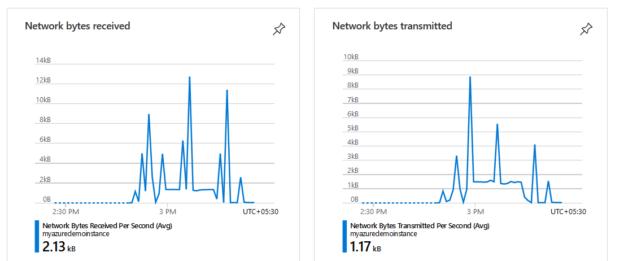
This article will show how to deploy SQL Server 2019 on the Azure container instances using the Azure portal.
Read more »
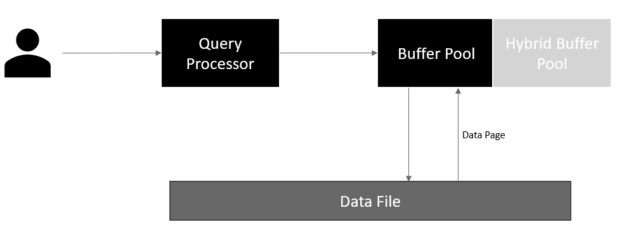
This article explores the Hybrid Buffer Pool feature available in the SQL Server 2019.
Read more »
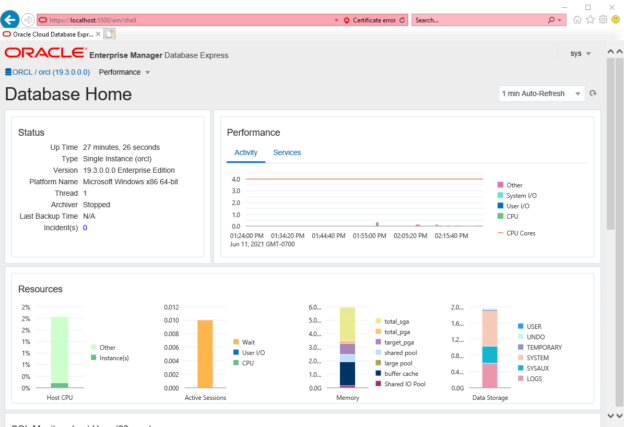
In this article, we understand the step-by-step installation process of Oracle 19c on Windows Server 2019. The minimum hardware requirement to install an Oracle database server is following:
Read more »

This article covers the different SQL queries to change the column type. We are going to learn how we can change the data type of the columns of the following databases:
Read more »
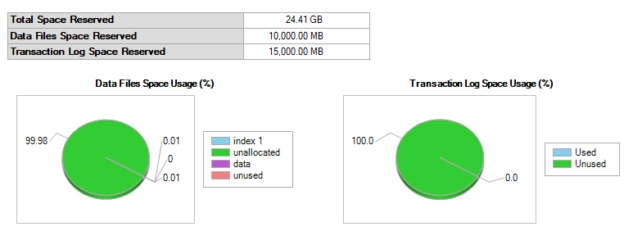
If you are not able to spend money on your small databases, SQL Server Express edition is the solution for you. This edition will provide you with a basic storage option and this article is to examine what maintenance tasks you need to perform to manage SQL Express effectively.
Read more »
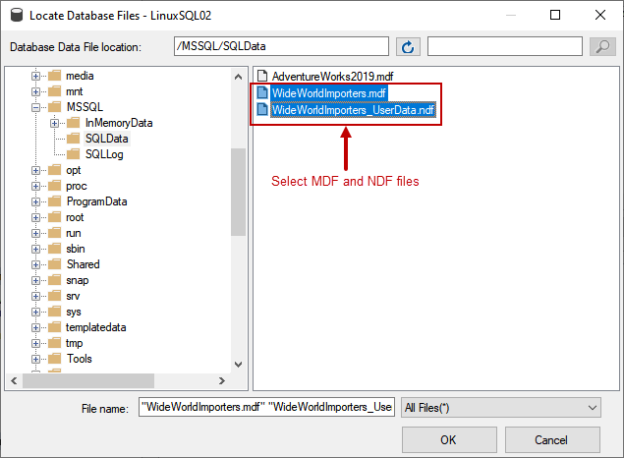
In this article, I am going to explain how we can move the SQL database files to another location in Ubuntu 18.04. For the demonstration, I have installed Ubuntu 18.04, SQL Server 2019 on Linux on my workstation. You can read SQL Server 2019 on Linux with Ubuntu to understand the step-by-step installation process of the SQL Server 2019 on Linux. We will move database files of AdventureWorks2019 and Wideworldimportors database. To move the databases, we can use any of the following methods:
Read more »
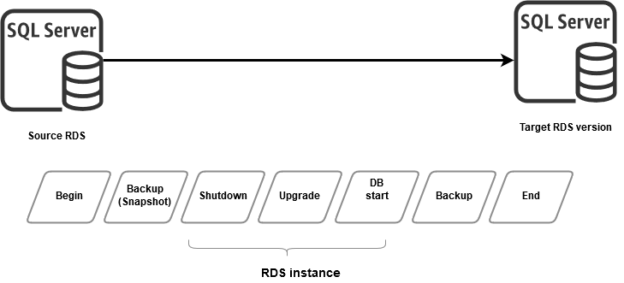
Usually, database administrators upgrade the SQL Server versions for on-premise infrastructure. The AWS cloud infrastructure for SQL Server supports two flavors for database deployments.

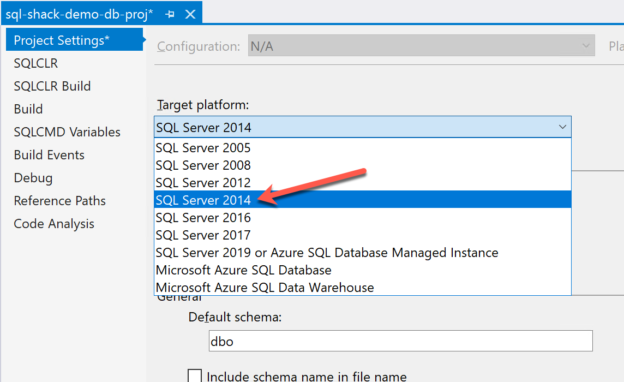
In this article, I am going to talk about creating a data-tier application using Visual Studio. In my previous article An introduction to Data-Tier applications in SQL Server, I have explained in detail what a data-tier application is all about. I have explained what the different types of data-tier applications are available and how can we create such applications from existing SQL Server databases. In this article, the primary focus would be to create data-tier applications from scratch using Visual Studio. For this article, I am going to use Visual Studio 2019, however, the technique will remain similar for other editions of SQL Server as well.
Read more »
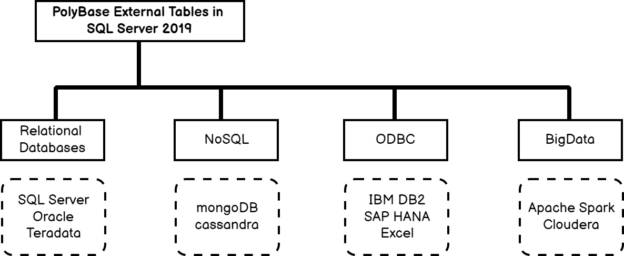
In this article, we will explore SQL Server PolyBase external tables with Azure Blob Storage.
Read more »
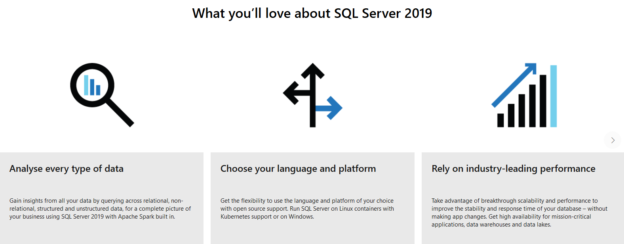
In this article, we will learn to install SQL Server 2019 on the RedHat Linux 18 on a virtual machine.
Read more »
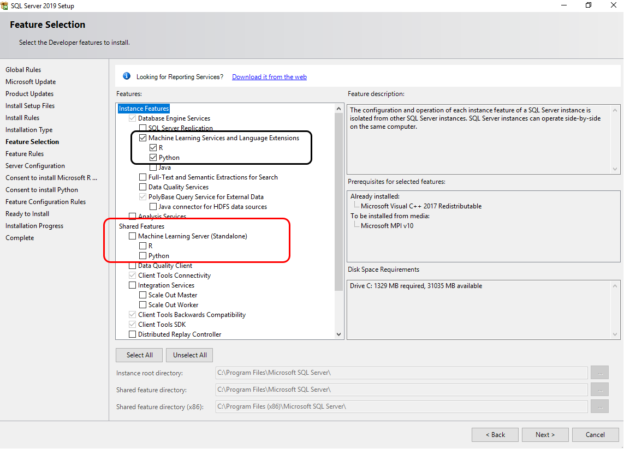
In this article, we will focus on SQL Machine Learning using R scripts and the use of external packages.
Read more »

In this article, we will talk about the query tuning features that were announced with SQL Server 2019.
Read more »
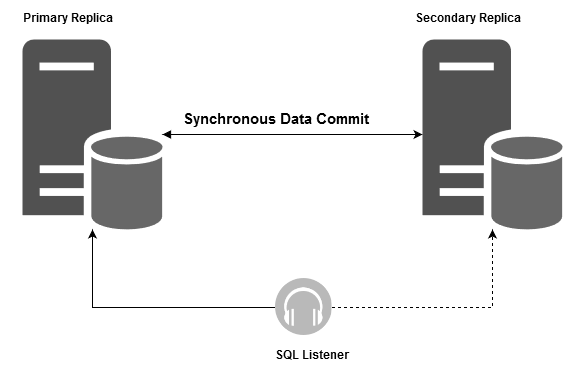
It is the 30th article in the SQL Server Always On Availability Groups series and explores column-level SQL Server encryption with AG groups.
Read more »
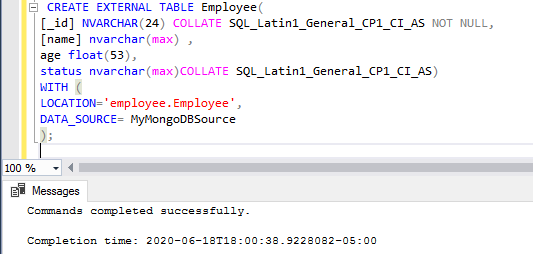
In this article, you’ll learn the approach to integrate MongoDB data source using data virtualization technique in SQL Server 2019. In this article, you can see how SQL Server 2019 provides a platform to create a modern enterprise data hub using data virtualization technology and the PolyBase technique.
Read more »
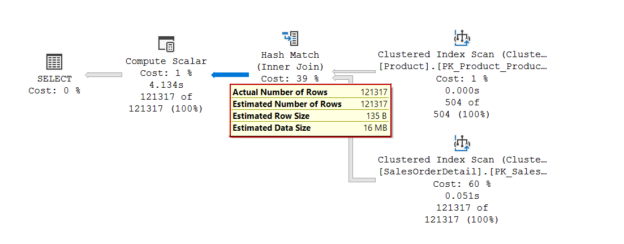
In this article, we will explore a new SQL Server 2019 feature which is Scalar UDF (scalar user-defined) inlining. Scalar UDF inlining is a member of the intelligent query processing family and helps to improve the performance of the scalar-valued user-defined functions without any code changing.
Read more »
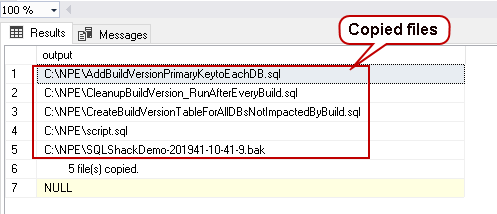
Sometimes database professionals need to perform specific tasks at the operating system level. These tasks can be like copying, moving, deleting files and folders. A use case of these tasks might be removing the old backup files or copying backup files to a specific directory after a particular time. In SQL Server, we can use xp_cmdshell extended stored procedure to execute commands directly in the Windows command prompt(CMD). You need a sysadmin role or proxy account configured to use this extended procedure. We can also use the SSIS package for the file transfer, but it also requires you to build a package with the relevant tasks.
Read more »
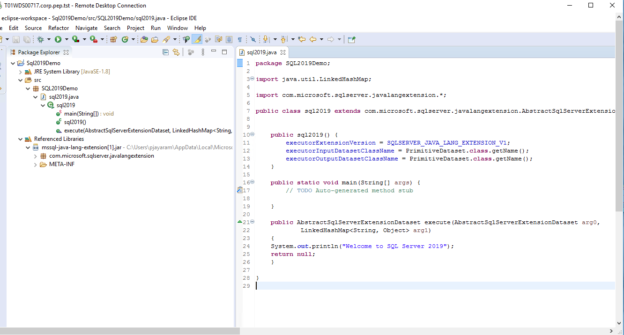
In this article, we will discuss SQL Server 2019 new feature—Java Language Extensions. With the advent of SQL Server 2019, Microsoft always strives to expand its footprint on the capabilities of MLS (Machine Learning Services). It builds a deeper integration between the data-platform and data science under the data science umbrella. The Microsoft SQL Server 2019 MLS extensibility framework provides a solid base for allowing extensions in R, Python, and now Java.
Read more »
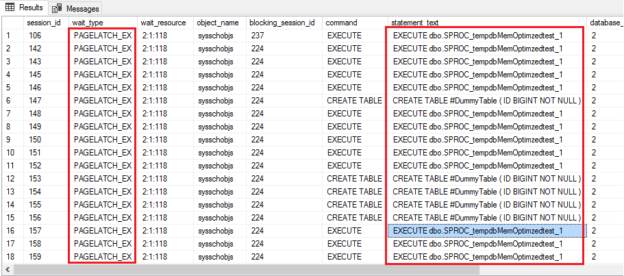
In this article, I will walk you through the new feature in SQL Server 2019, memory-optimized TempDB metadata. The most commonly faced performance problems in SQL Server world is known to be TempDB resource contention. Don’t you agree? Let us find the answer in this article.
Read more »© 2025 Quest Software Inc. ALL RIGHTS RESERVED. | GDPR | Terms of Use | Privacy